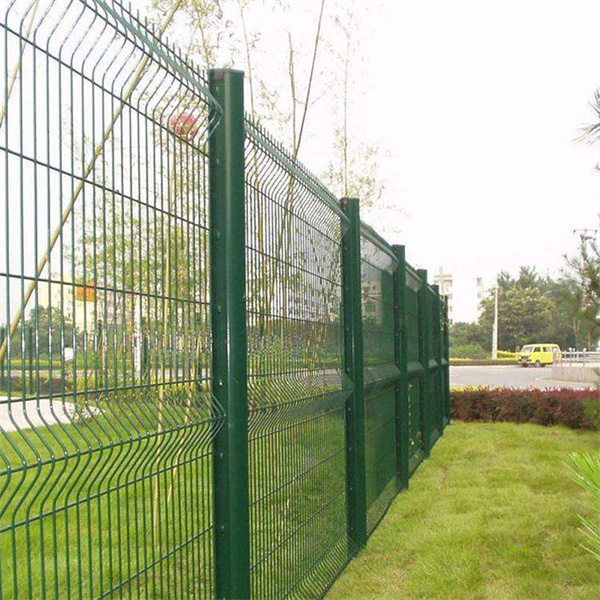Δεκ . 01, 2024 19:54 Back to list
gabion production line
The Gabion Production Line A Pathway to Sustainable Construction
The use of gabions, which are wire mesh cages filled with various materials like stones, gravel, and even concrete, has been a game-changer in the construction and landscaping industries. These structures have gained significant popularity for their versatility and sustainability. A crucial aspect of maximizing their efficiency and effectiveness is the gabion production line, a systematic process designed to produce gabions on a large scale.
Understanding Gabions
Gabions serve a multitude of purposes. They are commonly used for erosion control, riverbank stabilization, and as retaining walls. Their aesthetic appeal makes them suitable for landscaping and architectural designs. The gabion itself is an ancient construction method that has been adapted for modern use, providing cost-effective and durable solutions for various engineering challenges. The growing demand for gabion structures necessitates efficient production methods, leading to the development of dedicated gabion production lines.
The Components of a Gabion Production Line
A typical gabion production line includes several key components that work together to ensure efficiency and product quality
1. Wire Mesh Production The foundation of a gabion is its wire mesh. This stage involves the fabrication of high-quality, galvanized wire mesh that meets specific strength and corrosion resistance standards. The mesh is often produced in rolls, allowing for easy handling during the assembly of gabions.
2. Cutting and Shaping Once the wire mesh is produced, it needs to be cut into appropriate sizes and shapes based on the design specifications for different gabion types. Automated cutting machines are commonly used in modern production lines to enhance precision and reduce labor costs.
3. Forming and Assembly After cutting, the wire mesh is shaped into boxes or containers. This process may be automated or manual, depending on the size of the production operation. Advanced equipment can fold and form the cages quickly, while skilled workers can ensure that the quality and dimensions meet required standards.
gabion production line

4. Filling and Packing Once the gabion cages are formed, they are filled with stones or other materials. This process can be done manually or by using specialized filling machines that ensure consistency in weight and density. After filling, the gabions are tightly secured, usually by twisting or tying, to ensure that the materials stay in place during transportation and installation.
5. Quality Inspection A crucial aspect of the production line is the quality control process. Each gabion must be inspected to verify that it meets all regulatory standards regarding strength and durability. This involves testing the wire mesh quality, checking the fill material, and ensuring the structural integrity of the final product.
Automation and Efficiency
With advancements in technology, many gabion production lines have incorporated automation to improve efficiency and reduce production times. Automated systems can manage the entire process, from wire mesh production to filling and packing. This not only enhances productivity but also minimizes human error, leading to higher-quality outputs.
Moreover, the integration of computerized systems allows manufacturers to track production metrics and inventory levels in real time, enabling them to respond swiftly to market demands.
Environmental Considerations
The sustainable attributes of gabions extend beyond their longevity and reusable materials. The production process itself can be environmentally friendly. By using local materials for filling, reducing transportation distances, and utilizing recycled materials, gabion production can significantly minimize the carbon footprint associated with traditional construction methodologies.
Conclusion
As the demand for sustainable construction solutions continues to rise, the gabion production line plays a pivotal role in delivering high-quality products that meet the diverse needs of the modern market. By combining traditional techniques with modern technology, manufacturers are not only meeting the industry's requirements but are also contributing positively to environmental conservation. In an era where sustainability is paramount, the gabion production line stands out as a beacon of innovation and practicality in construction.
-
Wire Mesh Thickness Impact on Gabion Wall Load Bearing
NewsAug.12,2025
-
Ultimate Guide to Hexagonal Gabion Box
NewsAug.12,2025
-
Types of Rocks for Gabion Baskets Durability and Aesthetics
NewsAug.12,2025
-
Standard Gabion Box Sizes and Their Industrial Applications
NewsAug.12,2025
-
Easy Guide to Building Garden Gabion Cages at Home
NewsAug.12,2025
-
Drainage Solutions for Gabion Mesh Structures
NewsAug.12,2025
-
Visualizing Gabion 3D Integration in Urban Landscapes with Rendering
NewsJul.23,2025






